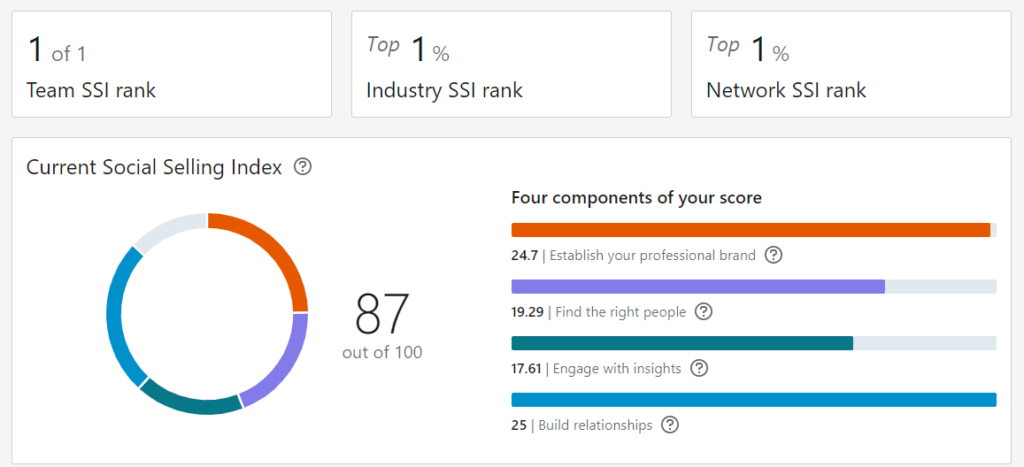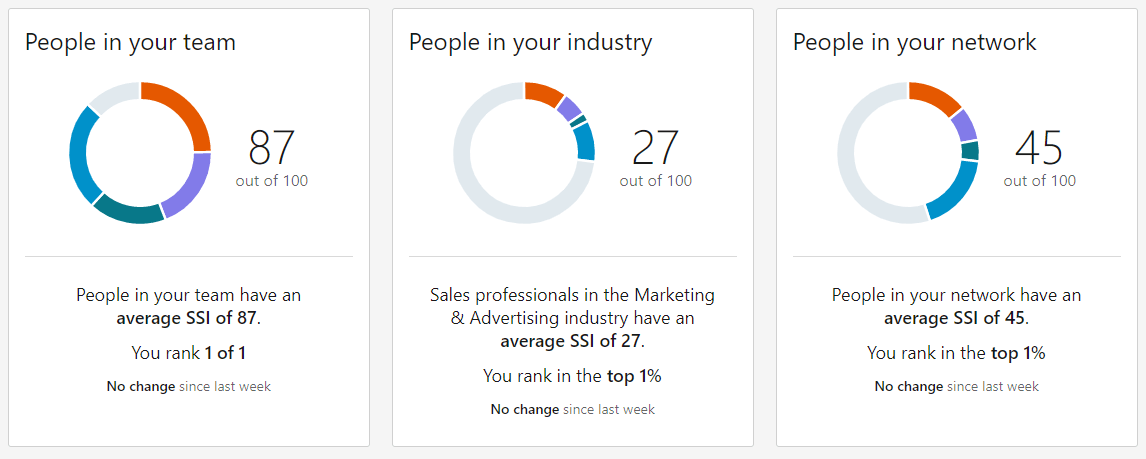What is social selling?
Social selling is not really selling.
There are several definitions and interpretations. We have used social selling to help customers buy. With the positive effect that the number of incoming requests is increasing.
Let us discuss about social selling and distinguish from other ways of selling (and buying):
Social – non social
Social usually means that something is done in interaction. An example of social interaction is dance. Good interaction is when the dance takes place in sync with the music and the dance is enjoyable for the people involved. Non social can mean that it is not enjoyable or out of the beat. It is often associated with telephone sales when the receiving party did not ask for a presentation of something or a meeting booked. Even less buying something. Admittedly, there may be times when the telemarketer calls at the very moment when the potential buyer realizes that they have a need. But the most usual situation is probably that sellers have much higher motivation than the buyer. Which leads to the seller being perceived as not so social when he argues and nags.
Selling – buying
Selling is usually something that a seller does to get buyers to buy. Selling in social selling has a wider meaning. It’s not just sellers who sell. There may be several other people and roles involved. In social selling, we mean that all stakeholders who influence the buying journey are sellers. Or if we turn it around, social selling is about helping digital buyers to buy.
Buying process – selling process
Salespeople traditionally work in a sales process that must be structured and efficient.
Buyers, on the other hand, have a purchasing process that must also be structured and efficient.
With digitalization, there have been changes and recent surveys have shown that the digital buyer wants to search on their own for solutions to their problems and needs. With google, LinkedIn ™, Content marketing and websites, the buyer has good opportunities to educate themselves, get tips from others, take recommendations and find solutions. Some have claimed that solution selling is dead.
Buying journey – selling journey
Now it’s starting to get interesting. One piece of information mentions that the digital buyer wants to search on his own 70% of the time.
When the 70% is completed, it may appear as a call to a supplier ”Hi, we understand that you are good at this… and I would like to know what it costs?
If the seller and the seller’s company make themselves known in a trustworthy and relevant way that can meet the buyer on the buyer journey. This requires new digital social skills. One reason for upgrading social skills is that non-verbal body language is not visible when communicating socially digitally.
The buying journey consists of a series of experiences. An experience can be of a different nature. Micro-experiences that build up a whole, the so-called customer experience.
Now it’s actually not the end of the purchase. You could say that it starts there and continues as a customer experience where a milestone is when the product / service is delivered. Unpacking from a box contributes to the experience, the first time the service leads to benefit or joy.
A really good experience means a feeling that makes you want to tell others
Digital – IRL
One reason for upgrading social skills is that non-verbal body language is not visible when communicating socially digitally.
Some argue that complex sales require a physical meeting between buyers and sellers. Maybe, maybe not.
What is interesting is to investigate in more detail how buyers buy. And do it in detail. Then it can turn out what applies in a specific buying journey.
The definition of social selling
What is social selling about
As you will see, it’s really about gaining competitive advantage.
How to track and measure social selling?
Well, fortunately Linkedin.com supplies us with a great tool social selling index.
This is an example of a persons* social selling score:
*) Olle Leckne. Click to get inspired by LinkedIn and Linkedinexpert

